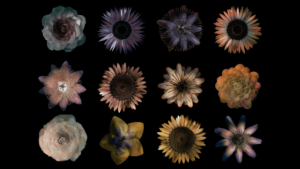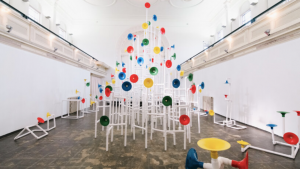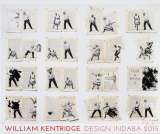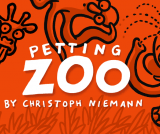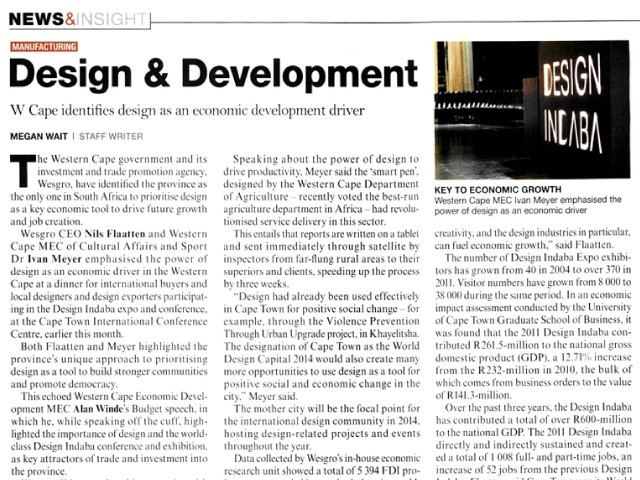
The Western Cape government and its investment and trade promotion agency, Wesgro, have identified the province as the only one in South Africa to prioritise design as a key economic tool to drive future growth and job creation.
Wesgro CEO Nils Flaatten and Western Cape MEC of Cultural Affairs and Sport Dr Ivan Meyer emphasised the power of design as an economic driver in the Western Cape at a dinner for international buyers and local designers and design exporters participating in the Design Indaba expo and conference, at the Cape Town International Conference Centre, earlier this month.
Both Flaatten and Meyer highlighted the province’s unique approach to prioritising design as a tool to build stronger communities and promote democracy.
This echoed Western Cape Economic Devel- opment MEC Alan Winde’s Budget speech, in which he, while speaking off the cuff, highlighted the importance of design and the world-class Design Indaba conference and exhibition, as key attractors of trade and investment into the province.
Wesgro did a matchmaking exercise with handpicked top international buyers and local designers. The dinner was also attended by officials from the city and provincial governments who work with the design industry, as well as the Cape Craft & Design Institute (CCDI) and Western Cape Furniture Initiative.
Many international buyers at the event came to the Design Indaba not only to buy and identify new suppliers, but to scout important new trends in design. Buyers came from as far as Canada, the US, Denmark and Australia.
Meyer added the Western Cape government has made economic growth and job creation its number one strategic objective. “We know economic growth and job creation will only happen through foreign direct investment (FDI) and trade relations. We have realised that one of the more innovative ways to deal with poverty reduction is through design, innovation and creativity.”
He also acknowledged that the Design Indaba played an important role in increasing trade into the Western Cape, to create jobs and reduce poverty and inequality.
“Africa will never prosper if the world continues to give it money. What you are doing is what will really help Africa. Many of the designers employed previously disadvantaged crafts- people,” he noted.
Speaking about the power of design to drive productivity, Meyer said the ‘smart pen’, designed by the Western Cape Department of Agriculture – recently voted the best-run agriculture department in Africa – had revolutionised service delivery in this sector.
This entails that reports are written on a tablet and sent immediately through satellite by inspectors from far-flung rural areas to their superiors and clients, speeding up the process by three weeks.
“Design had already been used effectively in Cape Town for positive social change – for example, through the Violence Prevention Through Urban Upgrade project, in Khayelitsha. The designation of Cape Town as the World Design Capital 2014 would also create many more opportunities to use design as a tool for positive social and economic change in the city,” Meyer said.
The mother city will be the focal point for the international design community in 2014, hosting design-related projects and events throughout the year.
Data collected by Wesgro’s in-house economic research unit showed a total of 5 394 FDI projects were recorded in creative industries worldwide between 2003 and 2011, equating to a 4.1% share of global FDI. These projects represent a total capital investment of R544.41-billion, which is an average investment of R100-million for each project. During the period, a total of 268 124 jobs were created.
From 2003 to 2011, Cape Town attracted the highest value of FDI projects to South Africa in the creative industries cluster. Fourteen projects were initiated, with a capital value of R1.8-billion. The majority of these projects were in new media and communications companies, with activities in advertising, digital media and business services. In the same period, creative industries in Johannesburg attracted R1.2-billion in FDI and Pretoria attracted R465-million.
“Cape Town is the African gateway and South African epicentre of creativity, design and inno- vation,” Flaatten noted.
He added it was important to note the significance of Winde singling out the Design Indaba and its founder, Ravi Naidoo, as important role-players in economic growth and job creation in the province. He said no other province in the country identified design as a key economic driver. “The Design Indaba Expo has seen incredible growth since it was established eight years ago, proving that creativity, and the design industries in particular, can fuel economic growth,” said Flaatten.
The number of Design Indaba Expo exhibitors has grown from 40 in 2004 to over 370 in 2011. Visitor numbers have grown from 8 000 to 38 000 during the same period. In an economic impact assessment conducted by the University of Cape Town Graduate School of Business, it was found that the 2011 Design Indaba contributed R261.5-million to the national gross domestic product (GDP), a 12.71% increase from the R232-million in 2010, the bulk of which comes from business orders to the value of R141.3-million.
Over the past three years, the Design Indaba has contributed a total of over R600-million to the national GDP. The 2011 Design Indaba directly and indirectly sustained and created a total of 1 008 full- and part-time jobs, an increase of 52 jobs from the previous Design Indaba. Flaatten said Cape Town won its World Design Capital 2014 status because design was positioned as a means to reunify a divided population and create economic opportunities for the people of the Western Cape. “What I like a lot about design is that it is a democracy of ideas,” he added.
One of Wesgro’s core functions is to link up local exporters and international buyers.
Reacting to concern by a number of international buyers that South African designs were becoming expensive, Flaatten said that part of the challenge of globalising our design is to be seen as a value-for-money, high-quality jurisdiction. “In the short to medium term, local designers and exporters need to be price competitive to establish and consolidate markets, because consumers in developed markets are becoming price sensitive.”
Cape Town mayor Patricia De Lille told buyers that Cape Town especially was an emerging market with unique skills and services well worth investing in. It was a world hub for excellence, innovation and new ways of thinking about society and the economy – which involved design thinking to a large extent. “Cape Town’s World Design Capital 2014 status will help the region to build on its reputation as a hub of innovation,” she said.




